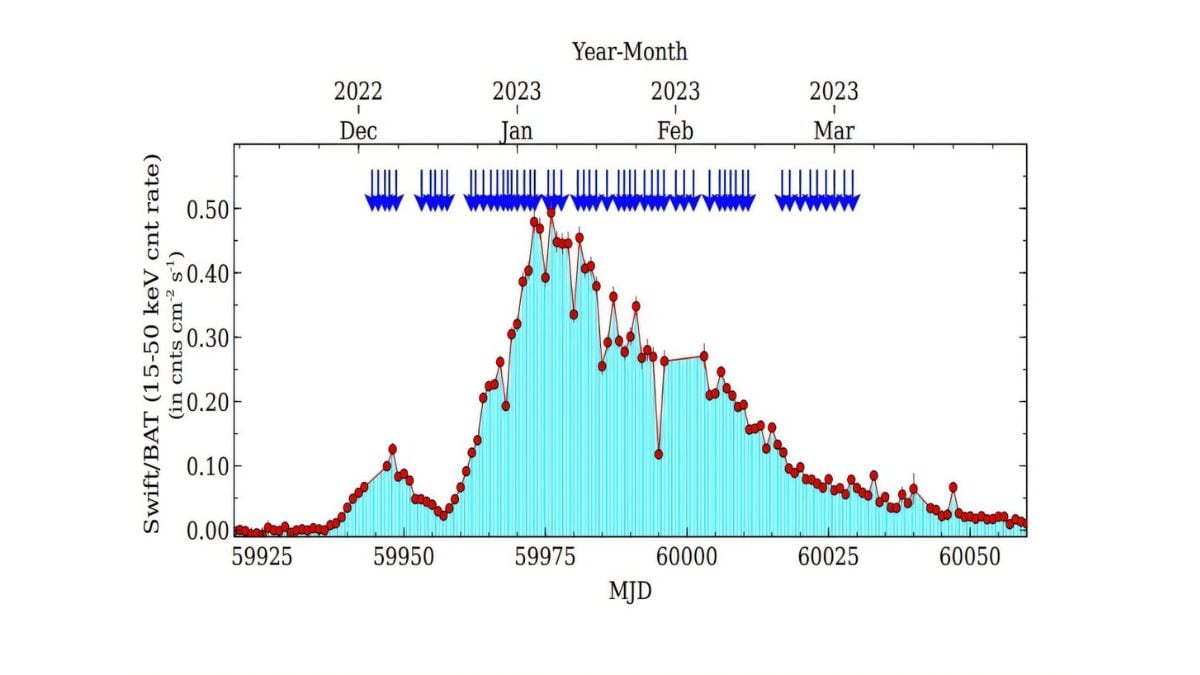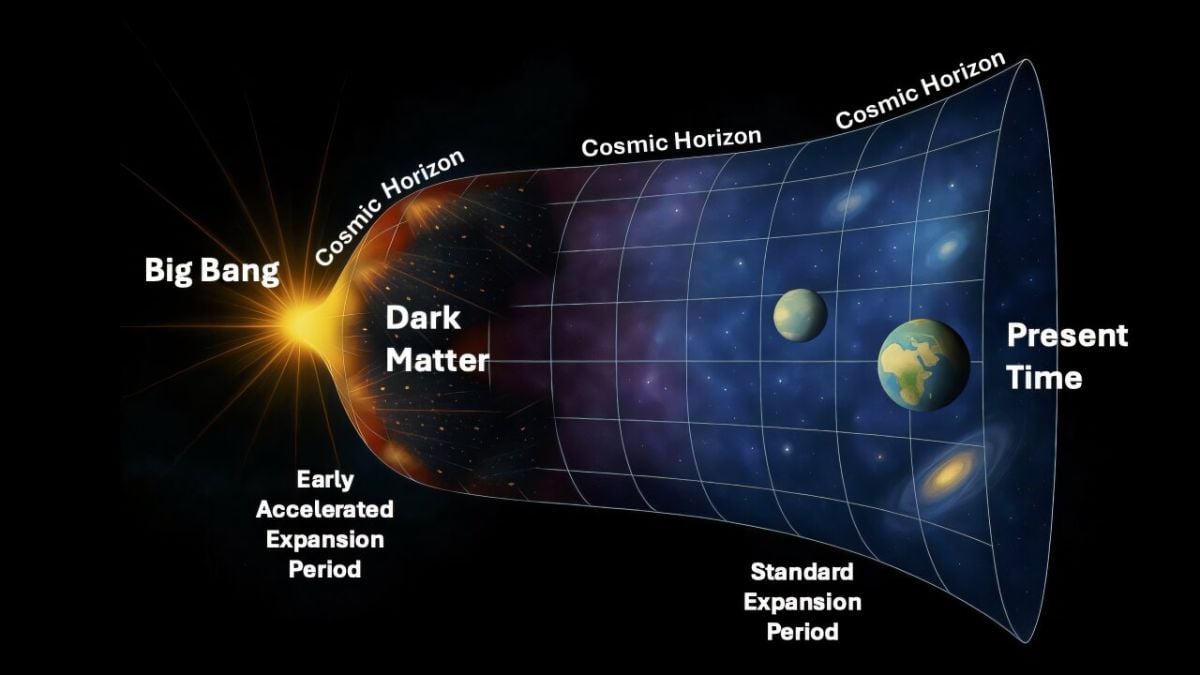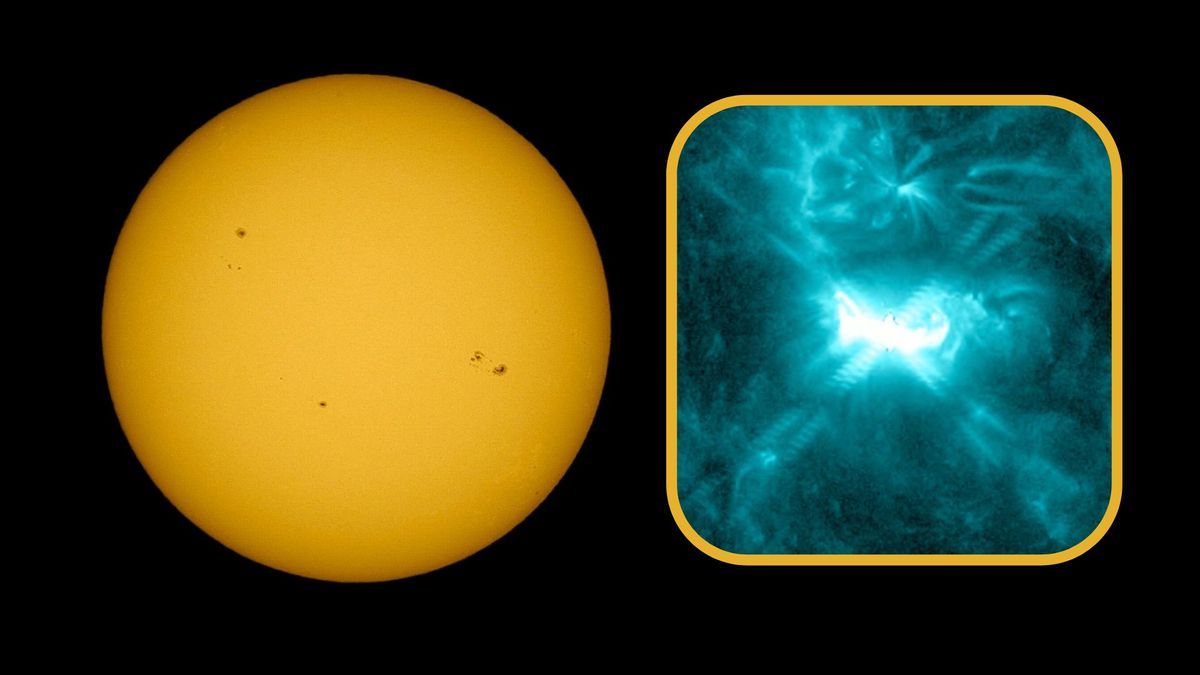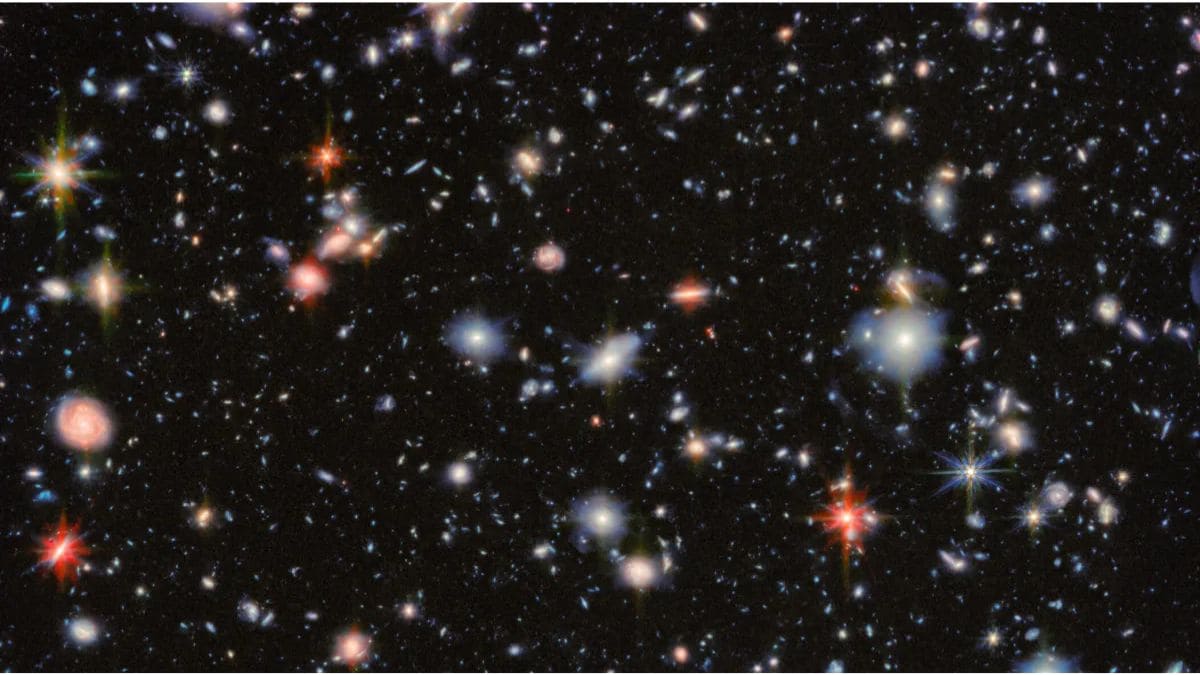Wuhan University’s astronomers made use of the insight-HXMT satellite for studying a large outburst that happened 3 years ago in the X-Ray binary RX J0440.9+4431. The findings were released on July 24, 2025 on arXiv, and offered a detailed observation of the system’s properties and the activity at the time of the event. X-Ray binaries are the pairs of the stars and shine brighter in X-Rays. In such a scenario, one star either white dwarf or the normal one, transfers the mass to the compact object, which can be a black hole or neutron star. XRB can be separated into two: low mass X-Ray binaries and high mass X-Ray binaries on the basis of the donor star.
X-ray Outburst in Be/X-ray Binary System
According to Phys org, BeXRBs are a type of HMXB in which optical companion star is a Be star and can be a dwarf, giant or subgiant. On the observation and analysis of X-Ray outbursts from these systems it is important for shaping the knowledge of how X-ray binaries wrks and changes over time.
RX J0440.9+4431 Shows Luminosity-Driven Pulse Profile Changes
RX J0440.9+4431 is a Be high-mass X-ray binary star system first spotted in 1997 when the ROSAT Galactic Plane Survey revealed the optical companion star LS +44 17/BSD 24-491. Nestled about 8,000 light years away, the system contains a neutron star pulsar that flashes X-rays with a steady 202.5-second period.
During the end of December 2022, a massive outburst evolved from RX J0440.9+4431, and peaked in brightness and lasted till March 2023. To further study the event and the X-Ray timing with spectral changes, the astronomers Wei Wang and Prahlad R. EPili changed the insight-HXMT telescope on the source at different points at the time of the outburst.
“The Insight-HXMT has observed this source at several instances of the entire outburst in 2022–2023. We used these bright outburst observations of the pulsar to study its X-ray spectral and timing variability,” the researchers noted in their publication. Analyses of the data showed that, even at the same luminosity during the outburst rise and subsequent decay, the pulse profiles retained similar shape changes.














